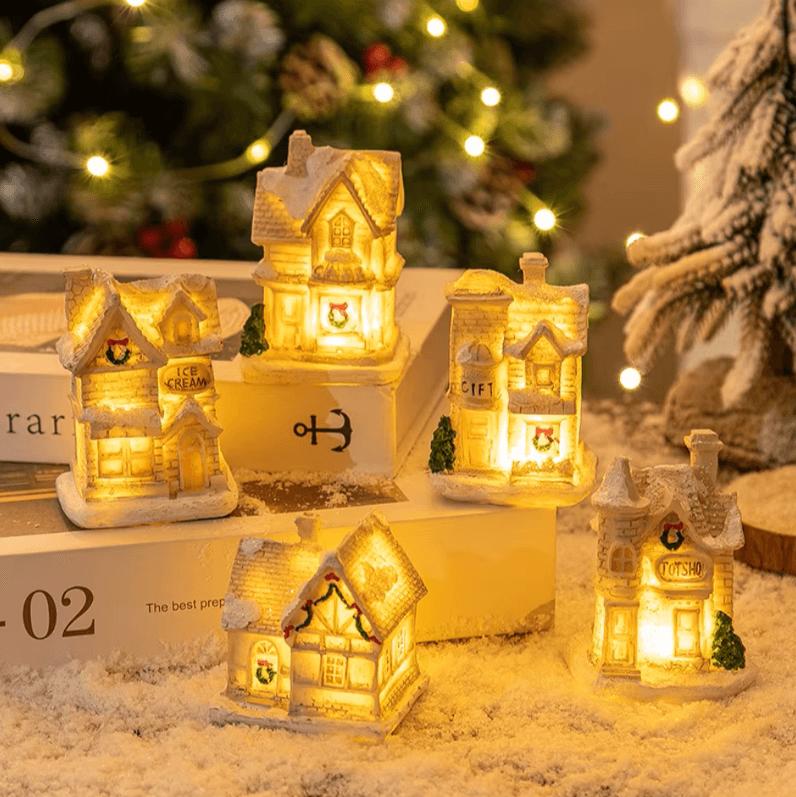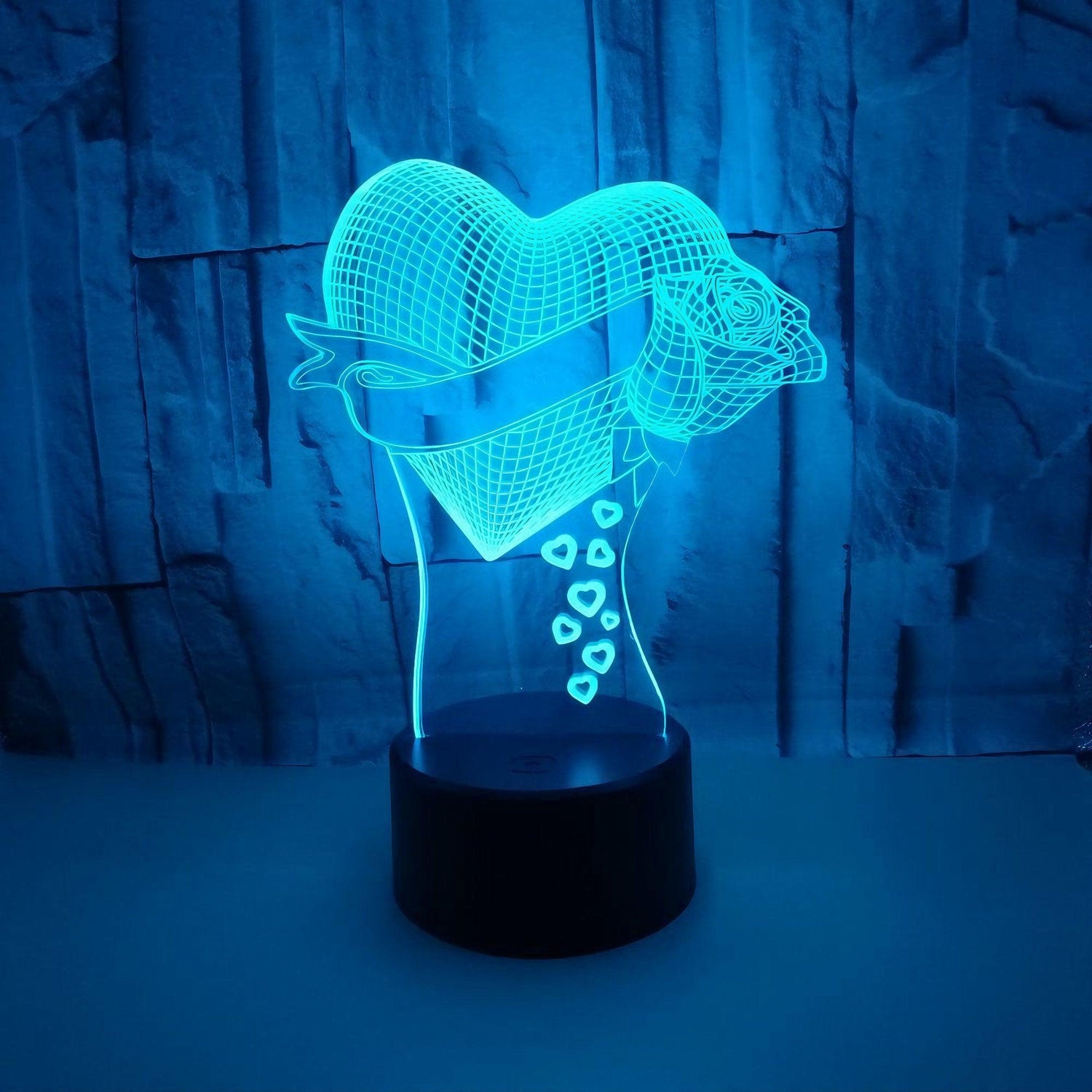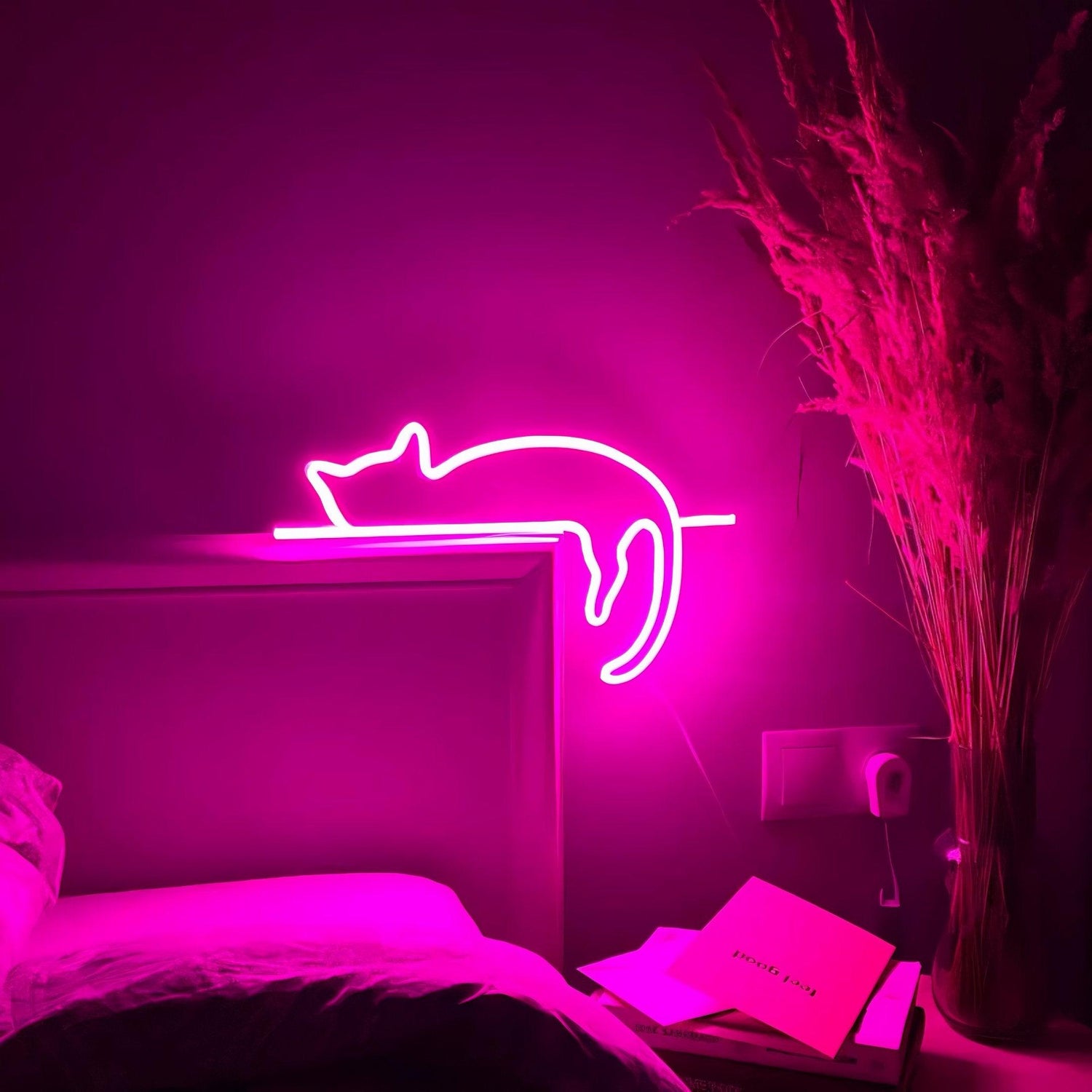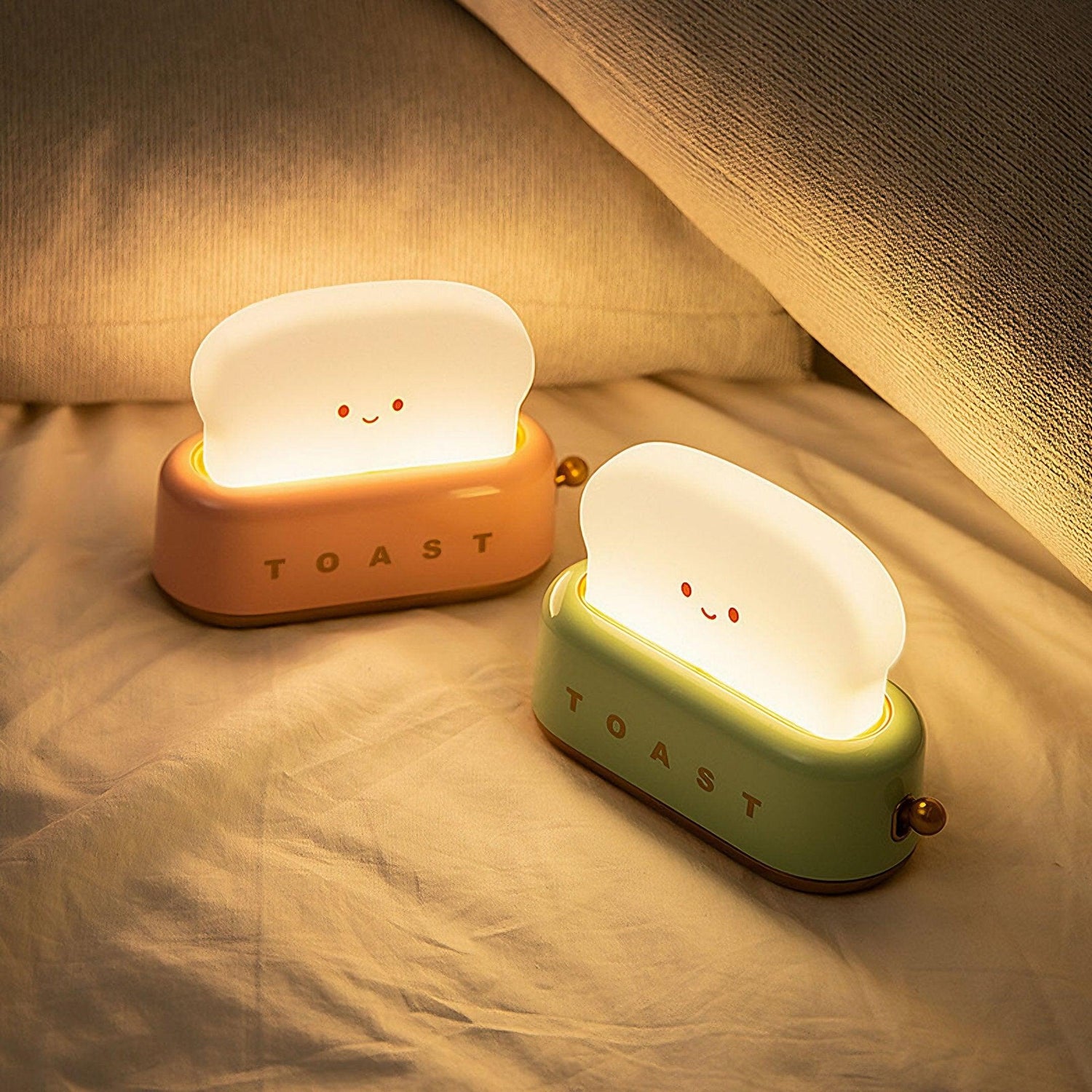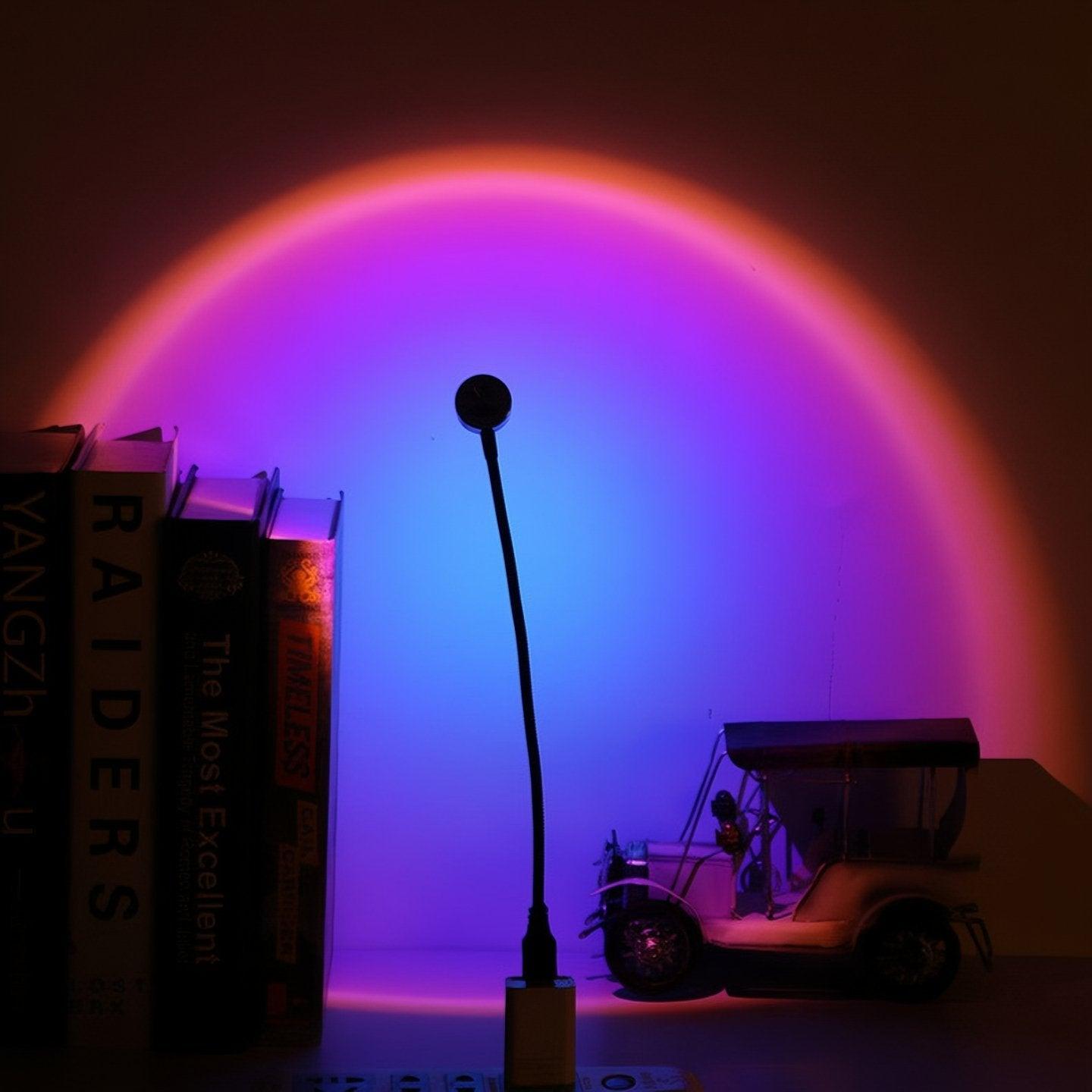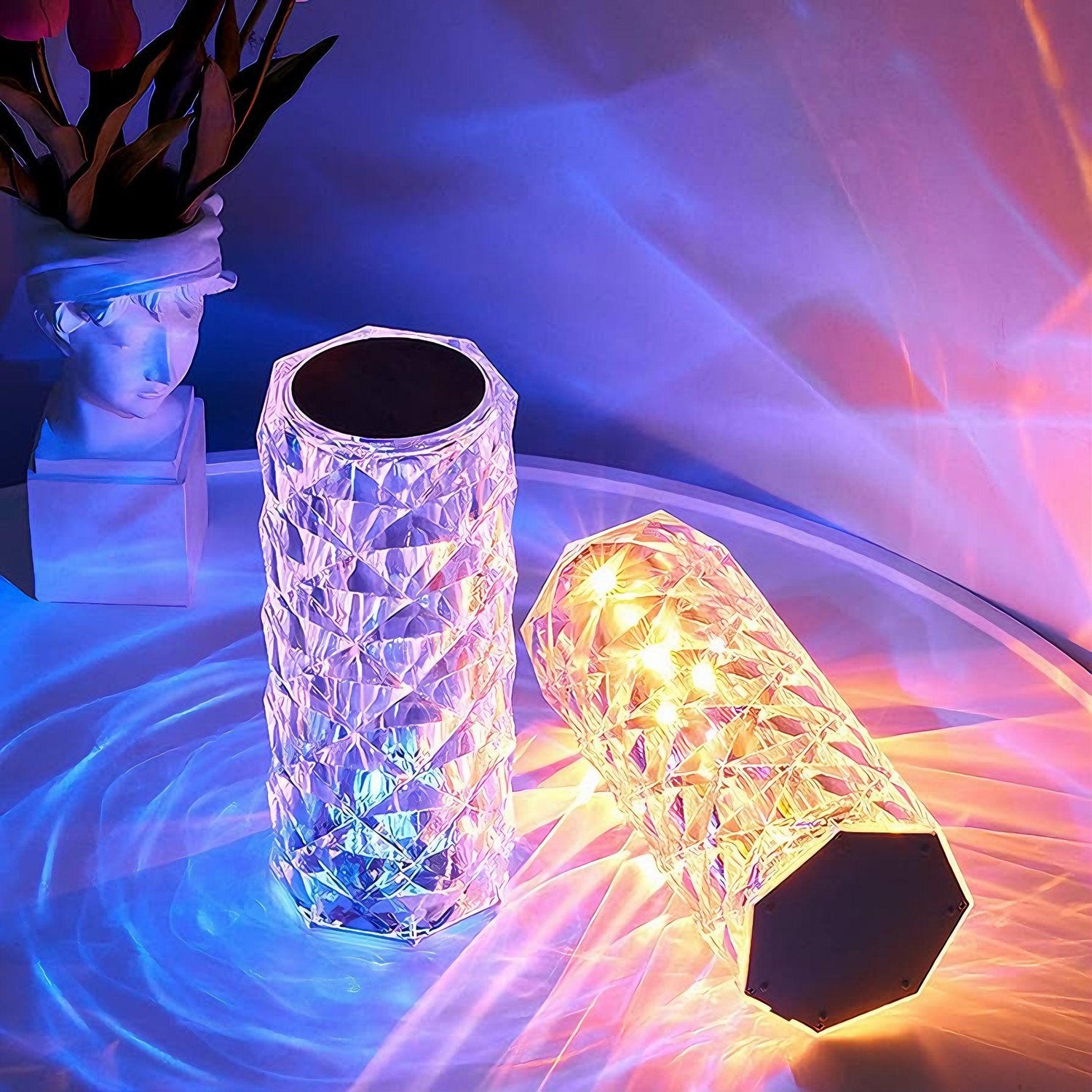Pairing Furniture With Aesthetic Lighting
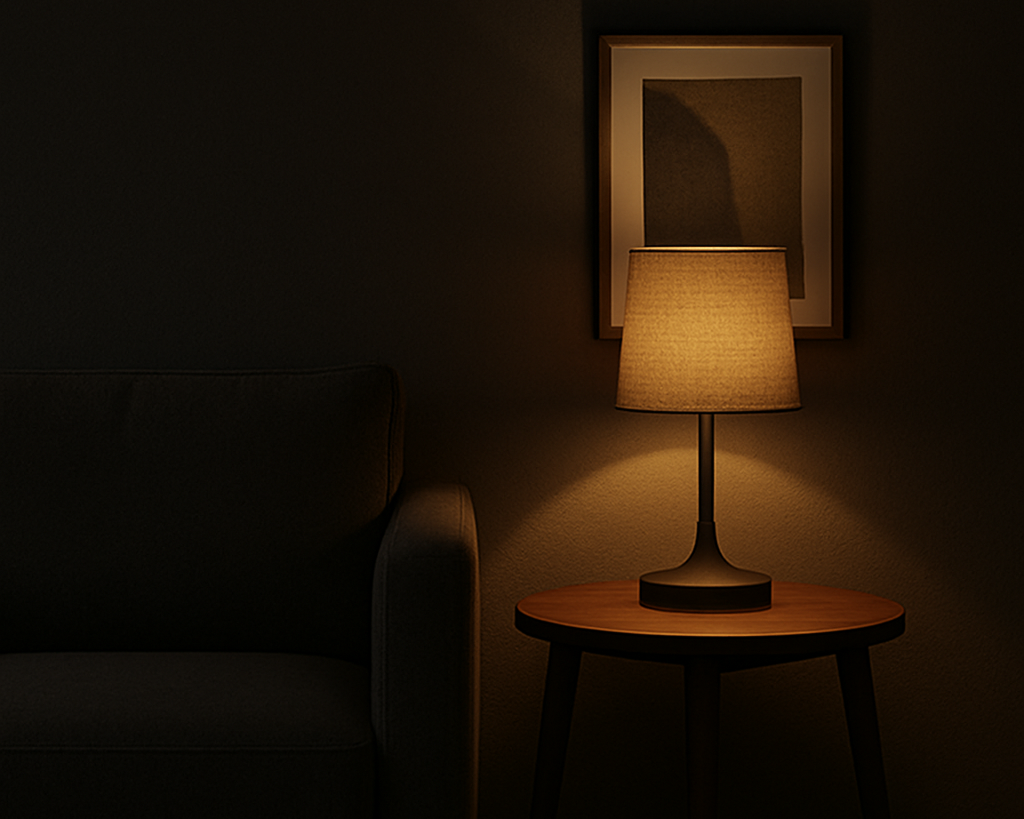
1. Introduction — The Symbiotic Relationship of Furniture & Lighting 🌿
Lighting and furniture work together to define the personality of your home. They are intertwined elements in interior design that shape ambiance, mood, and functionality.
When lighting complements furniture, it transforms your space from functional to artistic. Proper pairing creates balance and harmony — while mismatched choices can make a space feel cluttered or uncomfortable.
In this ultimate guide, we explore how to pair furniture with aesthetic lighting across styles, rooms, and moods to help you build a truly modern, cohesive home.
Why Pairing Furniture with Lighting is a Design Masterstroke 💡
Every interior designer knows: lighting is the jewelry of a room, and furniture is the canvas. Together, they create a masterpiece.
Furniture shapes space and structure, while lighting adds depth, mood, and focus. This pairing can:
Highlight design features
Establish mood and atmosphere
Balance proportions
Add a layer of style and personality
According to Architectural Digest, lighting design is about sculpting space. The right pairing elevates both function and beauty.
2. Core Principles of Pairing Furniture & Lighting 🪞
Before diving into room-specific examples, let’s establish key principles:
a. Balance and Proportion
Lighting should match furniture scale. Large statement pieces need bold lighting, while minimal furniture works best with subtle light accents.
b. Color Harmony
The tone of your light (warm, neutral, or cool) should complement furniture finishes and materials.
c. Texture Contrast
Lighting can enhance or soften textures — wood, metal, glass, or fabric.
d. Functional Focus
Pair lighting based on the room’s purpose and the furniture’s function. Task lighting for desks, ambient lighting for living areas, accent lighting for decor.
3. Modern Furniture Meets Clean Lighting 🌟
Modern interiors thrive on simplicity, clean lines, and purposeful design. Furniture and lighting in this style should work as complementary statements.
Minimal Furniture + Statement Lighting
Minimal furniture benefits from bold lighting pieces. For example, the Levitating Heart Bulb Lamp becomes a focal point against a clean, open shelving unit.
Natural Wood Furniture + Warm Lighting
Wood brings warmth to modern spaces. Pair with warm light sources like the Nordic Wood LED Lamp or the Wooden Mushroom Night Lamp for a cozy yet refined aesthetic.
Glass & Metal Furniture + Crisp LED Lighting
Modern furniture with glass or metal surfaces is enhanced by cooler LED lighting to accentuate sleek finishes. LED Strip Lights work brilliantly for floating shelves or glass cabinets.
4. Room-by-Room Pairing Guide 🏠
Living Room — Curated Atmosphere
Lighting should highlight furniture while creating a welcoming environment. For example:
A Crystal Ball Lamp on a side table adds elegance.
Under-shelf LED strips illuminate floating shelves with curated decor.
Bedroom — Soft Serenity
Pair bedside furniture with gentle light sources:
Warm lamps such as the Mini Cat Night Lamp create intimacy.
A Heart Rose 3D Lamp adds romance and artful detail.
Kitchen — Functional Chic
Combine cabinetry and shelves with under-cabinet lighting.
LED strip lighting under floating shelves improves visibility and style.
Glass-front cabinets pair beautifully with subtle light to enhance texture.
Home Office — Focused Elegance
Good office furniture demands well-planned lighting.
A Cordless Table Lamp provides flexibility.
Minimal desks work best with unobtrusive light sources.
Hallway & Entryway — Welcoming Impact
Highlight furniture and decor with gentle shelf or wall lighting.
Accent pieces like the Nordic Wood LED Lamp create warm entryway vibes.
5. Aesthetic Strategies for Pairing 🎨
Balance Scale & Proportion
Match the size of lighting fixtures to furniture. A large sofa needs statement lighting, while a compact desk benefits from discreet LED strips.
Color Coordination
Match lighting temperature with furniture finishes for cohesiveness. Warm white light suits wooden furniture, while cool tones work with metal or glass.
Texture Play
Use lighting to highlight texture contrasts — a soft glowing lamp can make rough wood look richer.
Mood Matching
Adjust lighting style to the mood of the furniture. Plush, cozy seating calls for warm light; sleek modern furniture calls for minimal, bright lighting.
6. Inspirational Trends in Furniture & Lighting Pairing 🌍
Trend 1 — Minimalism Meets Artistic Light
Minimalist interiors are pairing fewer furniture pieces with statement lighting, like the Levitating Bulb Lamp or sculptural wall lamps.
Trend 2 — Warm Wood & Soft Glow
Warm woods paired with warm white lighting create timeless, cozy spaces.
Trend 3 — Smart Lighting Integration
Smart lamps like the Smart LED Lamp allow adjustable tones and colors to match furniture style dynamically.
7. Advanced Design Tips for High-End Pairing 🪞
Layered Lighting
Combine ambient, accent, and task lighting to complement furniture without overpowering it.
Highlight Signature Pieces
Use directional lighting to highlight a statement chair or art piece.
Balance Light Sources
Mix natural and artificial lighting for a harmonious look.
Experiment with Shapes
Pair geometric lamps with angular furniture, and soft curved lights with rounded furniture for visual harmony.
8. Common Mistakes to Avoid ⚠️
Overpowering Lighting — Too much brightness can overshadow furniture.
Ignoring Color Temperature — Mismatched tones ruin the aesthetic balance.
Neglecting Scale — Lighting that doesn’t match furniture size looks awkward.
Poor Placement — Lights must be positioned to enhance, not obscure.
9. External Resources for Mastering Pairing 🌍
Architectural Digest: Lighting Trends
Elle Decor: Modern Interior Lighting
10. Conclusion — Elevating Your Home with Intentional Pairing 🌿
Pairing furniture with aesthetic lighting is an art form. It creates harmony, boosts functionality, and elevates the entire look of your space.
With thoughtful pairing, lighting becomes a silent partner in design — enhancing every piece of furniture and creating spaces that are as beautiful as they are functional.

